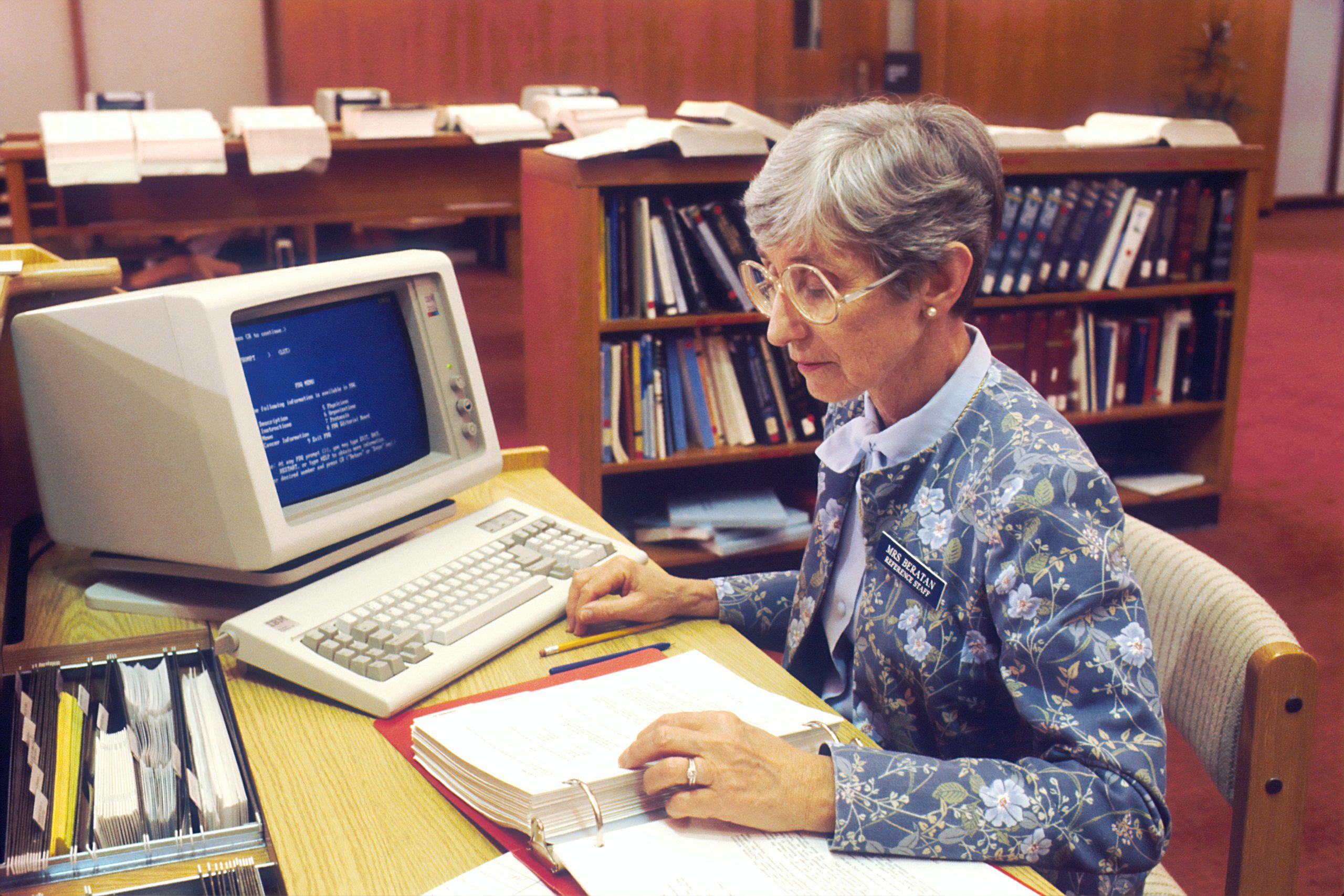Addressing policy reforms through technology in education
The world of education is constantly evolving, with policymakers and educators continuously seeking ways to improve the learning experience for students. As technology continues to advance, it has opened up countless opportunities in the education sector, one of which is addressing policy reforms. Gone are the days of traditional textbooks and blackboards, technology has now become an integral part of education. In this article, we will explore the impact of technology on policy reforms in education and how it is shaping the future of learning.
Technology as a Catalyst for Change
Technology has revolutionized the way we live, work, and learn. In the education sector, technology has created new avenues to address policy reforms and improve the overall learning experience. With the rise of digital tools and platforms, policymakers now have access to more data and insights, leading to informed decision-making. Additionally, technology has made it easier to track student progress and identify areas for improvement, ensuring that policies are effective and efficient.
The Role of Technology in Policy Reforms
One of the most significant impacts of technology on education policy is the ability to broaden access to quality education. With online learning platforms and digital textbooks, students can now access educational resources from anywhere in the world. This has been particularly beneficial for students in remote areas or those who face financial or physical barriers to traditional education. Technology has also made it possible for policymakers to develop personalized learning plans for students, taking into account their individual needs and abilities.
Personalized Learning
Prior to the age of technology, traditional classrooms followed a one-size-fits-all approach to teaching. However, with the integration of technology, policymakers can now create customized learning plans for students based on their interests, learning styles, and abilities. This not only enhances engagement and motivation but also allows for a more personalized and effective learning experience.
Improved Communication and Collaboration
Technology has also improved communication and collaboration between students, teachers, and policymakers. With the use of collaborative tools and platforms, students can interact and engage in discussions with their peers and educators, regardless of their physical location. This not only promotes a sense of community but also encourages the exchange of ideas and perspectives, leading to a more well-rounded educational experience.
The Challenges of Implementing Technology in Education Policy
While technology has countless benefits, it is not without its challenges when it comes to implementing it in education policy. One of the major obstacles is the digital divide, where students from underserved communities may not have access to the necessary technology or internet to fully participate in digital learning. Policymakers must address this issue by providing equal access to technology and resources for all students.
Another challenge is the rapid pace at which technology evolves. With new tools and platforms emerging constantly, policymakers must ensure that their policies are up-to-date and adaptable to new technologies. This requires continuous training and professional development for educators to effectively integrate technology into their teaching methods.
The Future of Education Policy and Technology
Despite the challenges, the future of education policy and technology looks promising. The COVID-19 pandemic has accelerated the use of technology in education and highlighted its importance in addressing policy reforms. As we move towards a more tech-driven world, it is essential for policymakers to work closely with technology companies and educators to develop innovative solutions that enhance the learning experience for students.
The Importance of Collaboration
To achieve the full potential of technology in education policy, collaboration is key. This includes collaboration between policymakers, educators, technology companies, and most importantly, students. By working together, we can create policies that not only address current challenges but also shape the future of education for generations to come.
The Continuous Evolution of Education Policy
Technology has made it possible to gather more data and insights, allowing policymakers to make data-driven decisions for the betterment of education policy. As technology continues to advance, we can expect to see further changes and enhancements in policy reforms. It is crucial for policymakers to keep up with these advancements and continuously adapt their policies to ensure they remain relevant and effective in meeting the needs of students.
Addressing policy reforms through technology in education has opened up a world of opportunities for policymakers and educators. It has improved access to quality education, enhanced personalized learning, and fostered better communication and collaboration. However, it is essential to address the challenges and work together to shape the future of education policy. Technology is here to stay, and by incorporating it into our policies, we can create a more equitable, efficient, and exciting learning experience for students.










